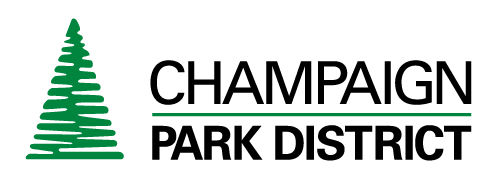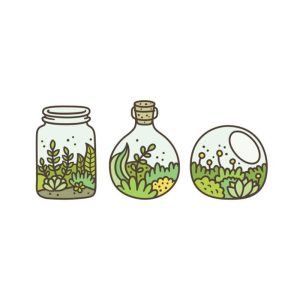
Mike Davis is our Natural Areas Specialist. He maintains some of the most beautiful areas we have in Champaign and he has lots of knowledge to share! He wants to help C-U with some tips and tricks from a master naturalist on how to maintain a beautiful wildflower garden for beginners and veteran gardeners. Here are 8 Gardening Tips From Our Natural Areas Coordinator – Mike Davis:
1. Planting native wildflower species help other plants and wildlife adapt to their new home.
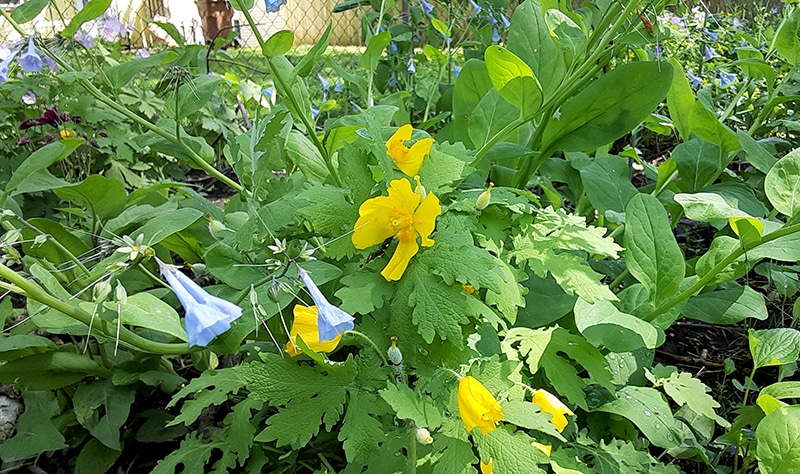
Plants find comfort in surrounding themselves with others that know what to expect. They help new plants adapt to the ever changing environment of Central Illinois.
Bringing Nature Home by Doug Tallamy, is a very good read for those of you considering home gardens. In the book, he argues for increasing the amount of native plants in all of our yards as a way to give plants and animals species a way to adapt to climate changes that we will experience. He paints a compelling picture about the importance of home wildflower gardens and the benefits in using regional native species for pollinators.
2. Become a Nature Hot-Spot
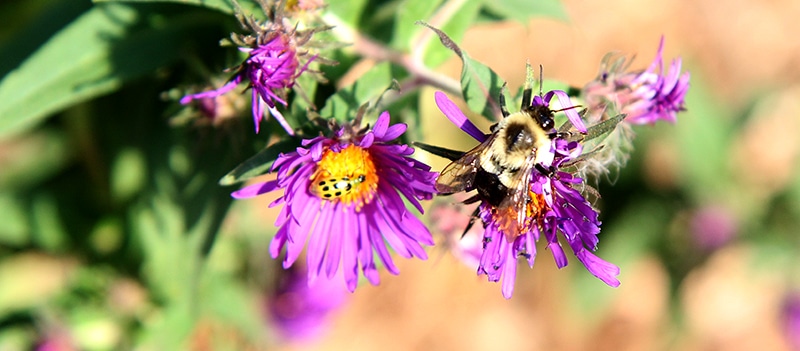
Beyond the surface-level beauty of my native flower beds, these pollinator pockets serve as nature hot-spots around town. The root systems help create a healthier substrate for worms and other small ground dwellers. The dead stems are very important for insect species over the winter months. The hollow cavities provide a surface to lay eggs and insulation from the elements, which means leaving these dead stems until spring have great value to insects.
3. Regular Maintenance

It’s a common misconception that once you plant native species in your garden that you don’t have to maintain it. Those first few years of a native wildflower garden should be treated like any other garden. You will have to weed regularly until natives are more established.
My native beds at home are five years old and they really look fantastic. At this point I only have to go out to them a few times a year for cleaning out leaf debris, basic weeding, and to clip old stems. It took years to get here though.
4. Let Soil Dry Out Before Watering
The big thing with native root establishment is letting the soil dry a bit to promote root growth. The key is letting the soil dry out but not to the point of plants showing stress.
The first year of planting, you should water regularly. Don’t let the plant dry to the point of wilting up but let the moisture travel out of the soil for a day or two (depending on how wet it is). Native plant species are used to dry conditions. They are very tough and actually letting the soil dry out a bit has been shown to promote root growth.
5. Have Patience
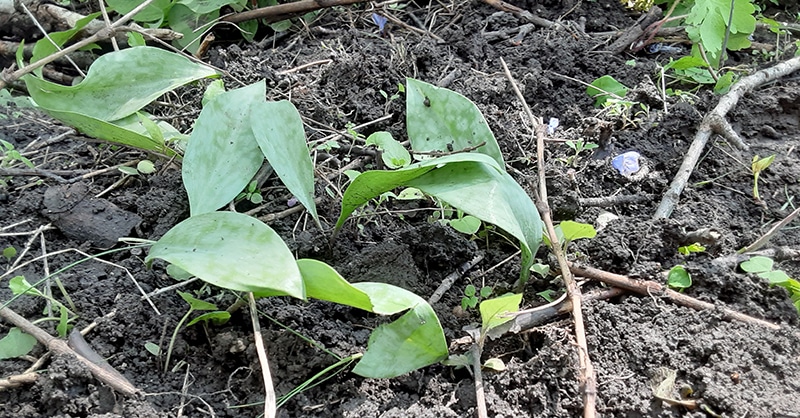
The first thing I ask people who are thinking of starting a pollinator garden is “Are you patient?” A native planted garden can take years to reach maturity, but it is well worth it. Some of my favorite prairie species took three or four years before they produced a flower and that’s from planting plugs. They don’t look like much more than a lance shaped leaf poking out of the ground for a few years. Keep in mind, as long as that green leaf is absorbing sunlight, that plant is healthy and sinking all of it’s energy into root growth.
My neighbors likely thought I was crazy when I first bought this house and ripped out all of the hasta, daisy, sedum, etc. and replaced them with plants that looked like a sad leaf poking out of the ground. It wasn’t until these past few years that those native replacements started to bloom. However, my hard work has been rewarded in the past year or two based on the amount of compliments I have received on the flowers in that garden and the wide variety of insects visiting them!
6. Spring Clean Up
When it warms up every spring, I clean out the leaf debris from the gardens and throw them in my leaf collection bags. You can compost the cleaned material or take it to a landscape recycling center. Much like any other yard waste, leaving leaf litter over winter can also provide certain insects some additional cover for the cold months.
By cleaning up the old leaf/plant litter covering the ground, we are allowing the soil to receive direct sunlight. This sunlight warms up the soil and the earlier the soil warms up, the earlier your plants start growing.
7. Plant a Wide Variety of Plants
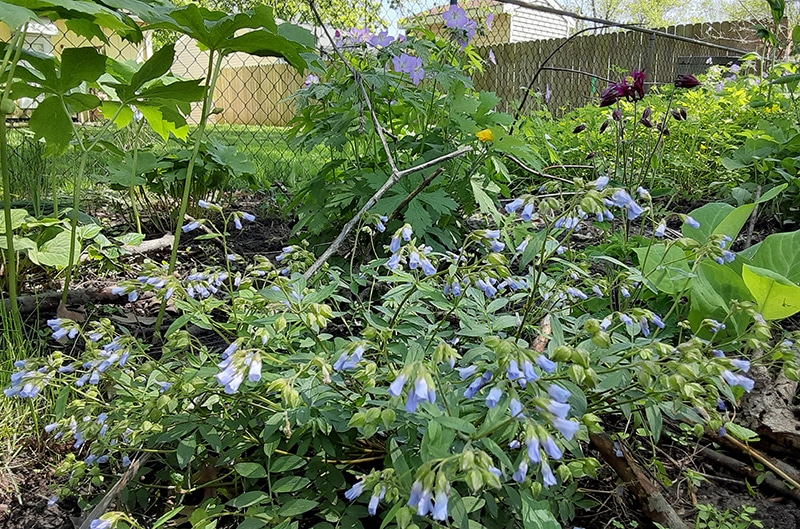
When planting flowers for pollinators, it is very important to plant a wide range of flower types. By planting a range of species we are providing different shaped flower heads and various pollen types. Pollinators can be very particular, some using only one plant family for collection. Having a wide variety of flowers in your garden will attract a larger group of organisms to your planted spaces.
8. Seek Out Advice From More Than The Plant Vendor Staff
As a more general piece of advice, I’d really like to stress that whatever path you take in home gardening, please do some research before buying. I talk with a wide range of age groups about native and invasive species, and would be happy to provide additional information to anyone who wants to get started on a native wildflower garden.
It’s so important that we seek out more information than what is provided by plant vendors. Garden centers and online vendors will only tell you about the good traits a plant has. Because they are there to sell you a specific produce, they won’t warn you that the plant will take over your property or that it is very hard to remove once established. They also won’t tell you about the types of plants that are most invasive and destructive to surrounding ecosystems once their seeds get spread.
